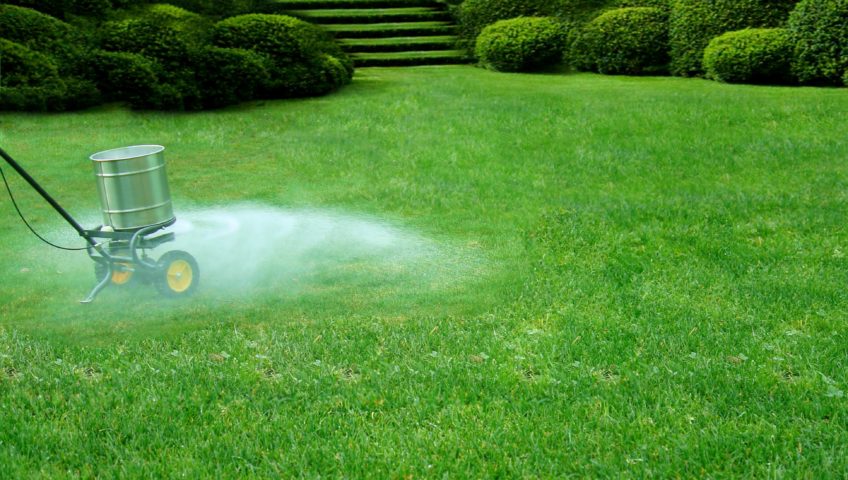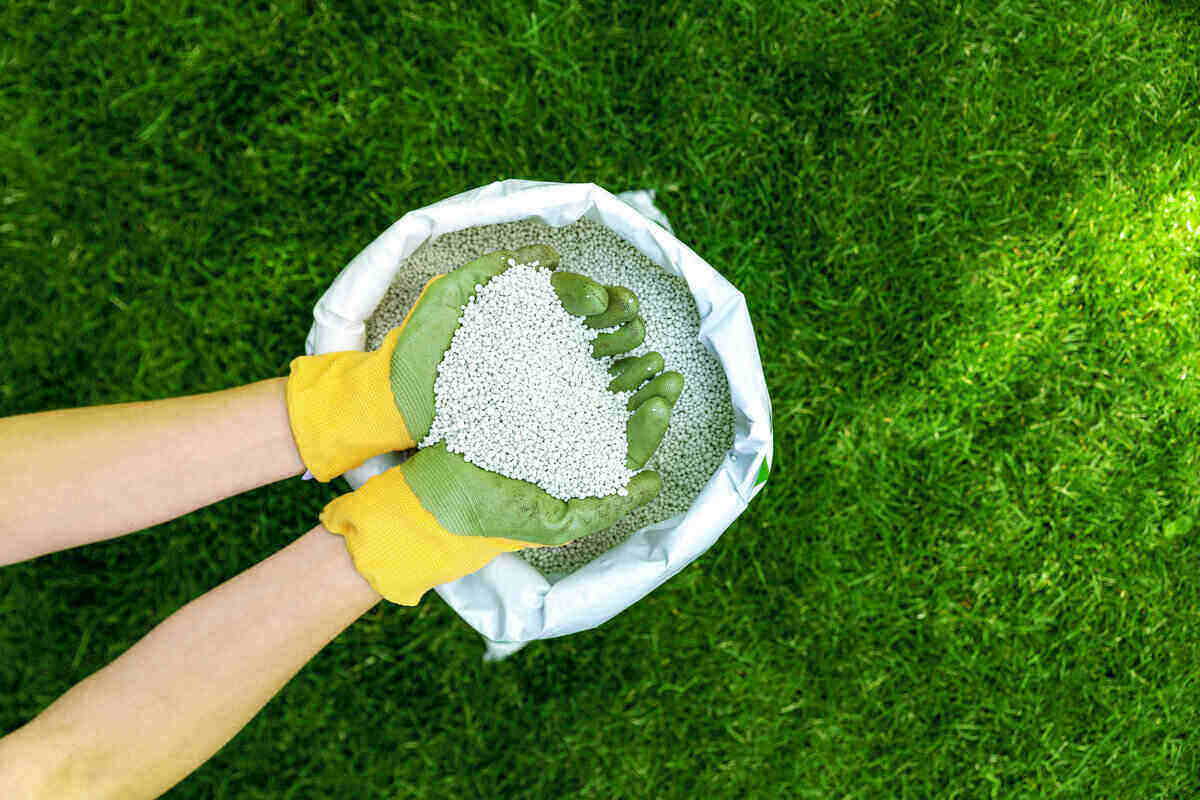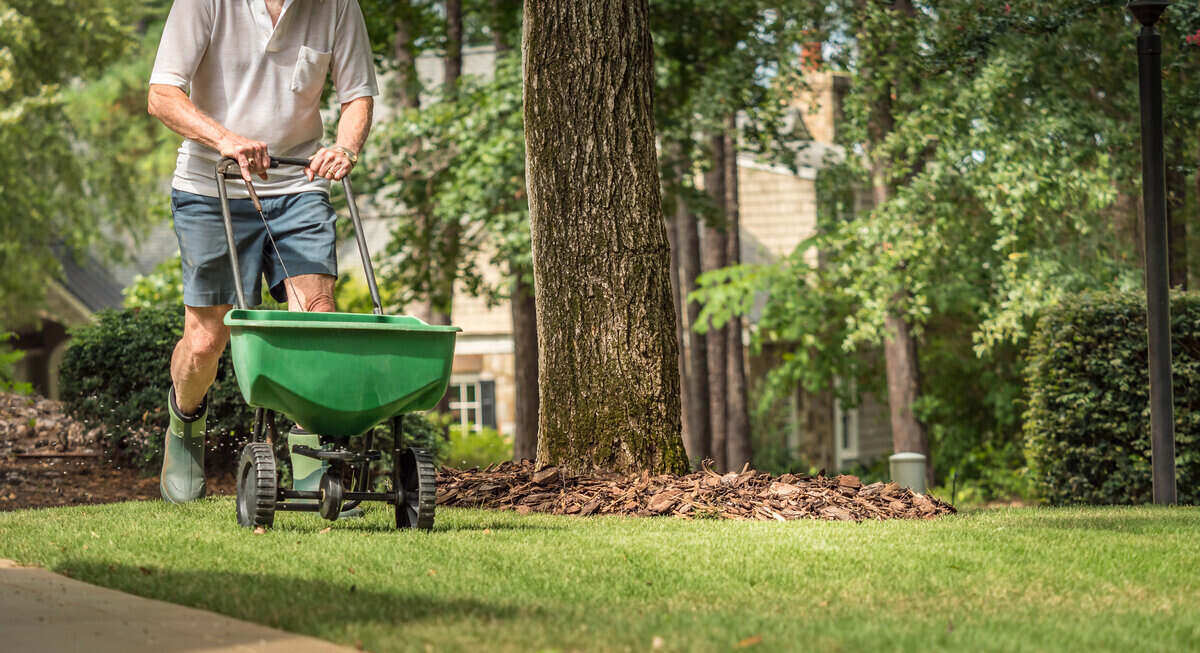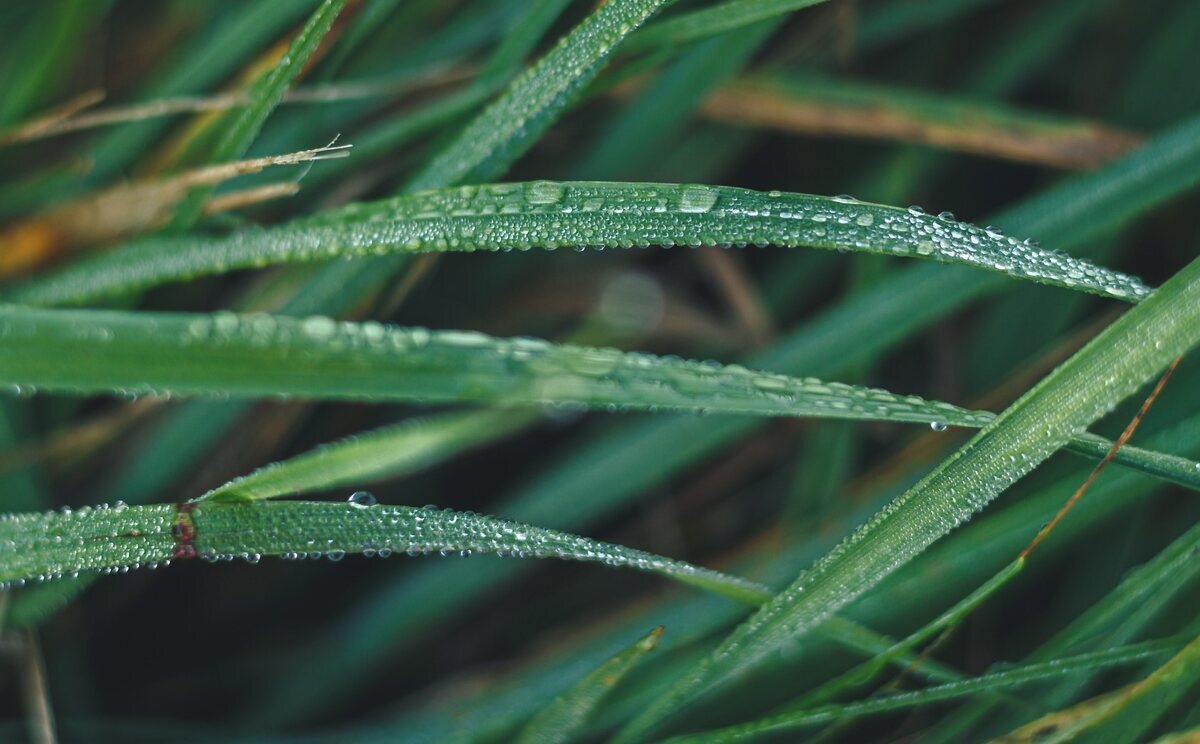
It’s almost time to fertilize your lawn in St. Louis, MO. However, if a freeze or snow is still expected, you don’t want to fertilize just yet, but you can decide what kind of products you’re going to use. Depending on your grass type, they could require different fertilizers. Cool-season grass types are the most common and will need about 0.5-1 lb. of nitrogen per 1000 square foot in April. In September, use 1 lb. of nitrogen per 1000 square foot, and in October, use another 1 lb. of nitrogen.
A green lawn
While your grass is trying to grow so are the weeds. Being able to produce grass without the pesky weeds is a homeowner’s goal. If you spread a fertilizer which has a weed remover in it, it will provide the nutrients your lawn needs and control weed growth as well.
When you are looking for fertilizer in the spring, choose one which has a higher phosphorous concentration. Many of the fertilizers on the market contain nitrogen, phosphorous, and potassium. You want your grass to have a healthy root system to withstand the summer months, so using a fertilizer with a large quantity of phosphorous. However, if you’re starting a new lawn, then using a starter fertilizer is better. After a few weeks of growth, then you can spread a basic fertilizer.
The lawn
This is the time to get the rake back out and rake over your yard. You may find some brown spots, uneven growth, and bare spots. You may have to adjust your lawn mower blade for these spots, so you have an even result when you mow. Plus, leaving your grass clippings on the lawn can help with natural fertilization.
Before you apply the fertilizer, check the weather. While a gentle light rain is perfect for, after an application of fertilizer, a downpour of rain is not. This is because a substantial rain can wash away all the applied fertilizer and into the water table, or streams. The most suitable time to fertilize is one or two days after a light rain. Or, if you’ve watered the yard yourself before feeding it. You do need to remember to water the lawn again, lightly, so the fertilizer on the blades of grass goes into the soil.
Fertilizer application
As soon as the warm weather hits in St. Louis, MO, you may be tempted to work on your lawn. But, if you’ve fertilized before the winter, then the timing of when you will apply your spring application will be affected. Whatever you don’t want to do is to over-apply fertilizer. If you aren’t sure if your needs to be fertilizer, you may need to contact your local lawn care professional.
The most effective way to fertilize your lawn is to use a slow-release fertilizer with weed control. This type of fertilizer will promote color, growth and the early stages of weed control for your yard to be healthy. But, you won’t need insect control at this point because the life cycles of insects don’t begin until mid or late spring.
If you use a slow release granular fertilizer which is high in nitrogen, it will promote the best growth for your lawn. Coated granules will settle in the soil and the topsoil before dissolving. But the granules will begin to dissolve within 24 hours and will release nutrients evenly throughout the earth. This prevents over fertilization and won’t damage the lawn. Too, granular fertilizer is safe for both pets and people to be around without concerns about it being a health hazard.
Plus, for weeds, you use a weed control which has specific herbicides blended in which will control common weeds but is safe for grass. The blend of weed control can begin killing weeds within a 24-hour period and will keep new weeds from growing.
When focusing on your yard in the spring, it should be about restoring the growth of your lawn and beginning weed control for a healthy and beautiful lawn.




